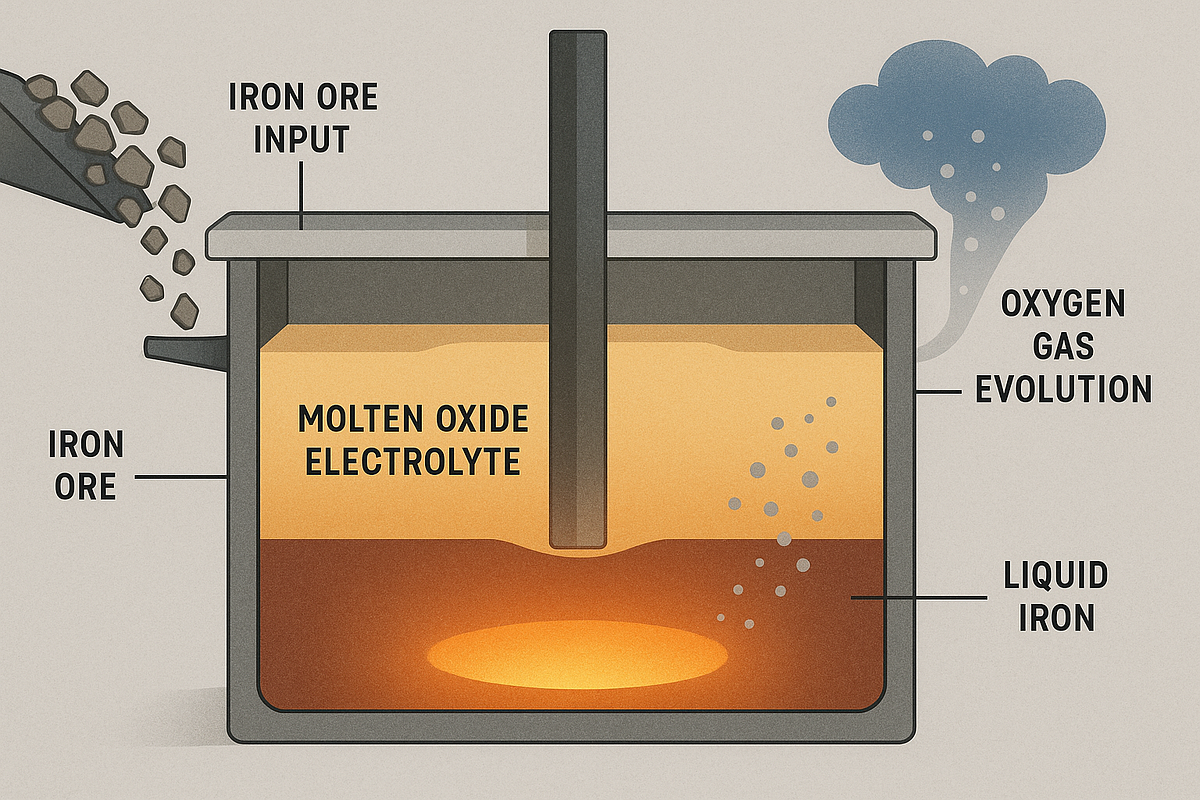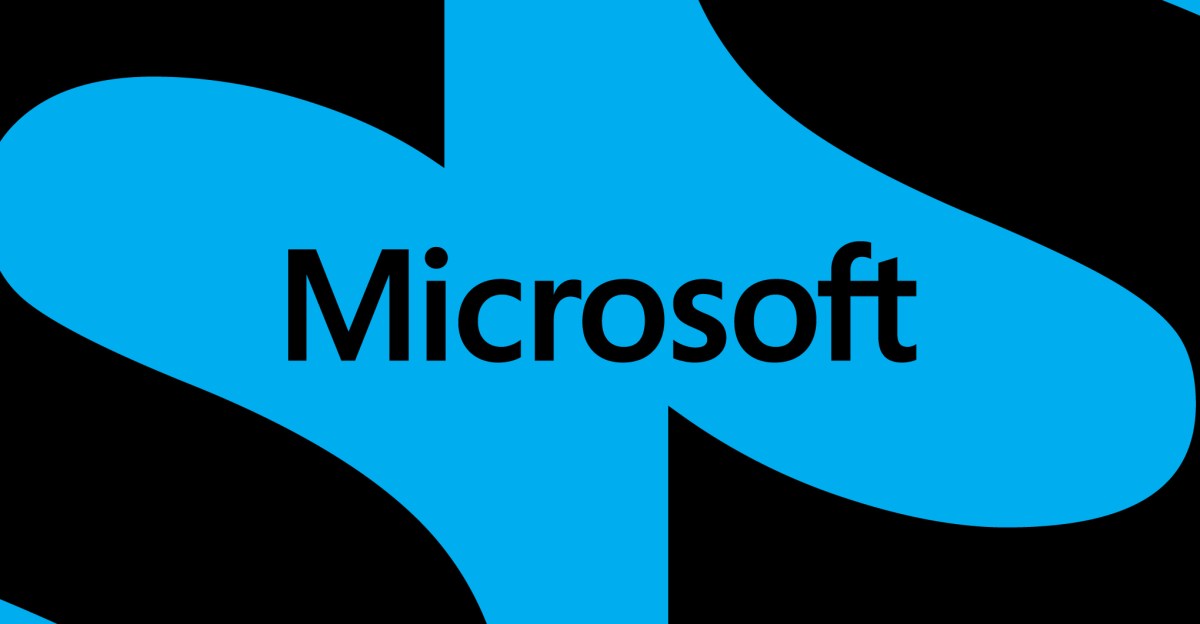Balancing capital costs, energy intensity, and market timing in the race to zero-emission metallurgy.
In my recent reassessment of global steel demand trajectories, particularly in light of declining cement consumption driven by a slowing Chinese…

In my recent reassessment of global steel demand trajectories, particularly in light of declining cement consumption driven by a slowing Chinese…

Stranger Things co-creator Ross Duffer is finally setting the record straight about the season five runtimes.
After rumors swirled that every episode in the fifth and final season of the hit Netflix series would run over 90 minutes long…

Remediation has emerged as a pivotal component of modern nursing education, serving as an essential bridge between academic instruction and clinical practice. Far beyond a reactive intervention for struggling students, remediation is a proactive, structured, and student-centered approach that fosters a growth mindset, supports clinical judgment development, and cultivates resilience. When thoughtfully integrated into the nursing curriculum, remediation contributes meaningfully to both short-term academic achievement and long-term professional competence. It prepares nursing students to meet the demands of an increasingly complex and dynamic healthcare environment.
At its core, remediation involves a continuous cycle of self-assessment, targeted learning, clinical application, and reflective practice. This iterative process reinforces deep learning while encouraging students to take ownership of their educational journey. The initial stage centers on self-assessment, which enables students to identify areas of weakness or knowledge gaps. Using formative assessment tools, such as quizzes, reflective writing, and concept mapping, students are guided to recognize their learning needs. These insights are then organized thematically, allowing for strategic prioritization and individualized learning goals.
To address these identified gaps, students are encouraged to engage with a variety of reputable resources, including course resources, peer-reviewed journal articles, and clinical decision-making tools like Lippincott® Advisor. This multifaceted approach to content acquisition supports diverse learning preferences and promotes evidence-based practice. Importantly, students are also taught to employ metacognitive strategies such as self-regulation, elaboration, and critical reflection. By documenting their learning processes and monitoring their progress, students enhance their ability to think critically and develop habits associated with lifelong learning.
The strength of remediation lies in its cyclical nature. After acquiring new knowledge, students are expected to apply their learning in realistic, practice-based settings. Clinical simulations, patient case studies, and scenario-based discussions serve as effective mechanisms for translating theoretical knowledge into practical skills. These experiences allow students to refine their clinical judgment, identify residual gaps in understanding, and solidify their competency. Following each application experience, students engage in reflective exercises that prompt them to evaluate their performance, integrate feedback, and adapt their strategies accordingly. This continuous loop of learning and reflection promotes mastery and supports long-term retention.
A targeted, data-driven approach to reviewing content is a distinguishing feature of effective remediation. Rather than revisiting all instructional material indiscriminately, students are guided to focus on specific content areas where deficits remain. The use of academic performance analytics and diagnostic tools enhances this process by providing actionable insights into students’ strengths and weaknesses. Faculty play a critical role in interpreting this data and coaching students through personalized learning plans. Additionally, the inclusion of diverse content modalities such as infographics, podcasts, interactive modules, and visual case studies serves to increase engagement and accommodate varied learning styles.
Equally vital to the success of remediation is the integration of applied learning opportunities. Encouraging students to use newly acquired knowledge in complex clinical scenarios facilitates higher-order thinking and supports the development of clinical decision-making skills. Strategies such as case-based learning, team-based simulations, and unfolding patient scenarios have consistently demonstrated improved learning outcomes and deeper engagement. Without this application phase, remediation risks becoming a passive exercise, potentially leaving critical knowledge gaps unresolved.
Assessment following remediation serves a dual purpose: it provides an opportunity for students to retrieve and apply knowledge in a meaningful context, and it offers faculty a chance to evaluate the effectiveness of the remediation process. Programs that incentivize thorough remediation — for example, by awarding academic credit or offering second-chance assessments — motivate students to invest in their learning. Research indicates that assigning targeted remediation activities to students who score below a certain threshold, followed by opportunities for reassessment, leads to improved academic performance and increased confidence.
An emerging and transformative element in contemporary remediation practices is the integration of artificial intelligence (AI). AI-powered tools, such as Lippincott® Ready for NCLEX®, offer personalized learning pathways that adapt dynamically to each student’s performance metrics. These platforms provide rich, multimodal content ranging from adaptive quizzes to interactive case scenarios that support knowledge reinforcement, critical thinking, and skill application. Students identified as at-risk are offered expanded remediation content, including scenario-based exercises and targeted feedback loops. By utilizing AI and a research-backed remediation process that includes assessing, reviewing, applying, and reflecting, educators can make remediation both individualized and scalable, ultimately increasing its effectiveness and accessibility.
Remediation in nursing education should be conceptualized not as a punitive or remedial measure, but as a forward-looking, empowering strategy that supports the holistic development of nursing students. By fostering self-directed learning, encouraging targeted review, facilitating clinical application, and promoting reflective practice, remediation prepares students to become safe, effective, and adaptable healthcare professionals. As nursing education continues to evolve in response to technological advancements and changing patient needs, the integration of data-informed strategies and AI-enhanced platforms will further elevate the role of remediation. Ultimately, well-executed remediation fosters a culture of excellence and accountability, ensuring that every student is equipped to contribute meaningfully to patient care and the healthcare system at large.

OpenAI said Monday it is working with chipmaker Broadcom to design its own artificial intelligence computer chips.
The two California companies didn’t disclose the financial terms of the deal but said they will start deploying the new racks of customized “AI accelerators” late next year.
It’s the latest big deal between OpenAI, maker of ChatGPT, and the companies building the chips and data centers required to power AI.
OpenAI in recent weeks has announced partnerships with chipmakers Nvidia and AMD that will supply the AI startup with specialized chips for running its AI systems. OpenAI has also made big deals with Oracle, CoreWeave and other companies developing the data centers where those chips are housed.
Many of the deals rely on circular financing, in which the companies are both investing in OpenAI and supplying the world’s most valuable startup with technology, fueling concerns about an AI bubble. OpenAI doesn’t yet turn a profit but says its products now have more than 800 million weekly users.
“What’s real about this announcement is OpenAI’s intention of having its own custom chips,” said analyst Gil Luria, head of technology research at D.A. Davidson. “The rest is fantastical. OpenAI has made, at this point, approaching $1 trillion of commitments, and it’s a company that only has $15 billion of revenue.”
OpenAI CEO Sam Altman said the work with Broadcom to develop a custom chip began about 18 months ago. Broadcom also works with other leading AI developers, including tech giants Amazon and Google.
Altman said on a podcast announcing the deal that the computing power made possible through the Broadcom partnership will amount to 10 gigawatts, which he described as “a gigantic amount of computing infrastructure to serve the needs of the world to use advanced intelligence.”
Broadcom shares surged more than 9% on Monday.
Broadcom CEO Hock Tan said on the same podcast that OpenAI needs more computing capacity as it progresses toward a “better and better frontier model and towards superintelligence.”
“If you do your own chips, you control your destiny,” he added.
Our pace continues – strong production across the portfolio
MELBOURNE, Australia–(BUSINESS WIRE)–
Rio Tinto Chief Executive Simon Trott said: “Safety remains our number one priority. We are deeply saddened by the tragic death of Mohamed Camara at the SimFer mine site and are committed to learning across our business to prevent future incidents. This has been a time for huge reflections on safety across the group.
“We continue to strengthen performance from our assets, setting back-to-back quarterly production records in our bauxite business and at Oyu Tolgoi – where the underground ramp-up remains on track to boost copper output by more than 50% this year.
“We are focused on delivering a strong finish to the year from the Pilbara. Our growth projects are also progressing at pace – at Simandou, we started loading first ore at the mine for movement down the rail and to the port in October.
“We are on track to meet production guidance for 2025, with an upwards revision to bauxite this quarter, and are well positioned to deliver compelling mid-term production growth. We will continue to deliver further shareholder value through operational excellence, simplification and discipline on performance and capital investment.”
Executive Summary
|
Production2 |
|
Quarter 3 |
vs Q3 |
vs Q2 |
2025 guidance6 |
Guidance status |
|||||
|
Pilbara iron ore shipments (100% basis) |
Mt |
84.3 |
–% |
+6% |
323 to 338 |
Unchanged |
|||||
|
Pilbara iron ore production (100% basis) |
Mt |
84.1 |
–% |
–% |
NA |
Unchanged |
|||||
|
IOC5 iron ore pellets and concentrate |
Mt |
2.3 |
+11% |
-6% |
9.7 to 11.4 |
Unchanged (at lower end) |
|||||
|
Bauxite |
Mt |
16.4 |
+9% |
+5% |
59 to 61 |
Upgraded |
|||||
|
Alumina |
Mt |
1.9 |
+7% |
+4% |
7.4 to 7.8 |
Unchanged |
|||||
|
Aluminium3 |
Mt |
0.86 |
+6% |
+2% |
3.25 to 3.45 |
Unchanged |
|||||
|
Copper (consolidated basis)4 |
kt |
204 |
+10% |
-11% |
780 to 850 |
Unchanged |
|||||
|
Titanium dioxide slag |
Mt |
0.3 |
-1% |
-3% |
1.0 to 1.2 |
Unchanged |
|||||
|
Boric oxide equivalent |
Mt |
0.1 |
+2% |
-3% |
~0.5 |
Unchanged |
|||||
|
1 Copper equivalent volume = Rio Tinto’s share of production volume / Volume conversion factor x Product price ($/t) / Copper price ($/t). Prices are based on long-term consensus prices.2 Rio Tinto share unless otherwise stated.3 Includes primary aluminium only.4 From Q1 2025, we report copper production and guidance as one metric, in order to simplify reporting and align with peer practices. For further details see slide 90 of our Investor Seminar 2024 presentation.5 Iron Ore Company of Canada.6 See further notes in Section 2, 2025 guidance. |
|||||||||||
The full third quarter production results are available here
This announcement is authorised for release to the market by Andy Hodges, Rio Tinto’s Group Company Secretary.
LEI: 213800YOEO5OQ72G2R82
Classification: 3.1 Additional regulated information required to be disclosed under the laws of a Member State
View source version on businesswire.com: https://www.businesswire.com/news/home/20251013952827/en/
Please direct all enquiries to media.enquiries@riotinto.com
Media Relations,
United Kingdom
Matthew Klar
M +44 7796 630 637
David Outhwaite
M +44 7787 597 493
Media Relations,
Australia
Matt Chambers
M +61 433 525 739
Rachel Pupazzoni
M +61 438 875 469
Bruce Tobin
M +61 419 103 454
Media Relations,
Canada
Simon Letendre
M +1 514 796 4973
Malika Cherry
M +1 418 592 7293
Vanessa Damha
M +1 514 715 2152
Media Relations,
US & Latin America
Jesse Riseborough
M +1 202 394 9480
Investor Relations,
United Kingdom
Rachel Arellano
M: +44 7584 609 644
David Ovington
M +44 7920 010 978
Laura Brooks
M +44 7826 942 797
Weiwei Hu
M +44 7825 907 230
Investor Relations,
Australia
Tom Gallop
M +61 439 353 948
Phoebe Lee
M +61 413 557 780
Rio Tinto plc
6 St James’s Square
London SW1Y 4AD
United Kingdom
T +44 20 7781 2000
Registered in England
No. 719885
Rio Tinto Limited
Level 43, 120 Collins Street
Melbourne 3000
Australia
T +61 3 9283 3333
Registered in Australia
ABN 96 004 458 404
riotinto.com
Category: General
Source: Rio Tinto

In the second step, Pixnapping performs graphical operations on individual pixels that the targeted app sent to the rendering pipeline. These operations choose the coordinates of target pixels the app wants to steal and…


What beauty products does Taylor Swift use on tour? Everyone has their best guesses, but the answer has long evaded even the most meticulous Swiftie internet sleuths—until now. Ten days after dropping her 12th studio album, The Life of a…

Microsoft AI just announced its first text-to-image generator, MAI-Image-1, designed and developed in-house. The tech giant, which recently announced its first in-house developed AI models, called the new image generator “the next step on our…